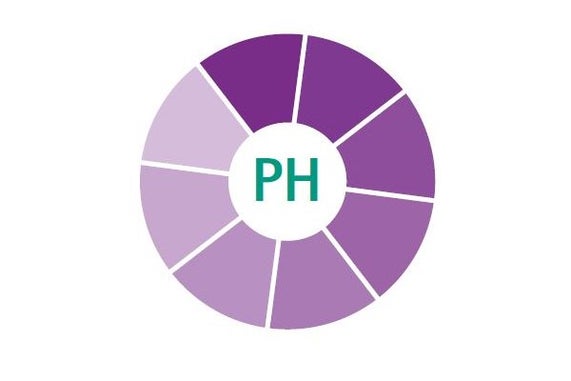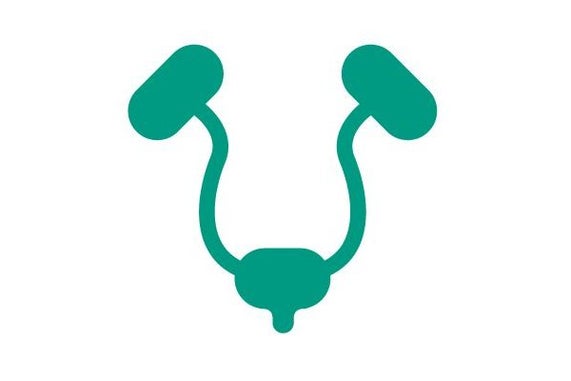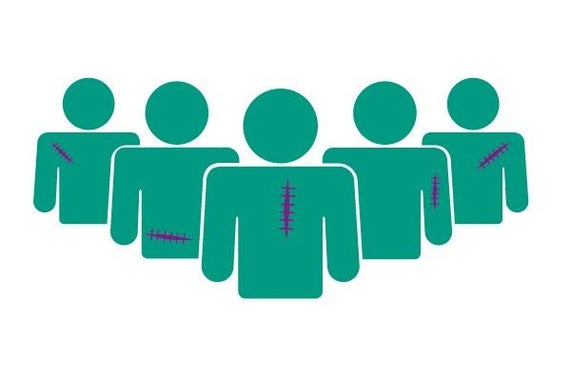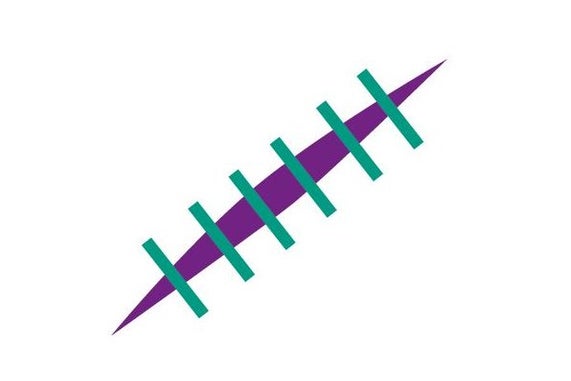Did you know?
Moisture
Overhydratation causes swelling & disruption of strateumcorneum (1)
After exposure to excessive moisture, the skin becomes damp, soggy and clammy, its permeability can be breached and it is susceptible to physical damage from friction and shearing forces.
Alkalinity
pH of the skin increases due to urine and feces. (2)
The increase in the normal acidic pH of the skin (4–6.8) due to the alkalinity of urine and faeces encourages bacterial colonisation.
Incontinence
27% incontinence associated dermatitis (3)
Incontinence-associated dermatitis, a clinical manifestation of moisture-associated skin damage is a common consideration in patients with fecal and/or urinary incontinence.
References:
1. D Beeckman et al. Proceedings of the Global IAD Expert Panel. Incontinence associated dermatitis: moving prevention forward. Wounds International 2015. Available to download from www.woundsinternational.com
2. K Ousey et al. The identification and management of moisture lesions. Wounds UK, 2012; Moisture Lesions Supplement. Wounds UK, London
3. All Party Parliamentary Group on Skin. Report on the Enquiry into Skin Diseases in Elderly People. 2000; Associate Parliamentary Group on Skin, London
Did you know?
Scars
100 million patients develop scars (4)
Incontinence-associated dermatitis, a clinical manifestation of moisture-associated skin damage common consideration in patients with fecal and/or urinary incontinence.
A total of 100 million patients develop scars in the developed world alone each year as a result of 55 million elective operations and 25 million operations after trauma.
Abnormal scarring
40% to 70% hypetrophic scarring (4)
Incidence rates of hypertrophic scarring vary from 40% to 70% following surgery depending on the depth of the wound.
Reference:
4. G Gauglitz et al. Hypertrophic Scarring and Keloids: Pathomechanisms and Current and Emerging Treatment Strategies. Molecular Medicine, 2011; 17(1-2):113-125








